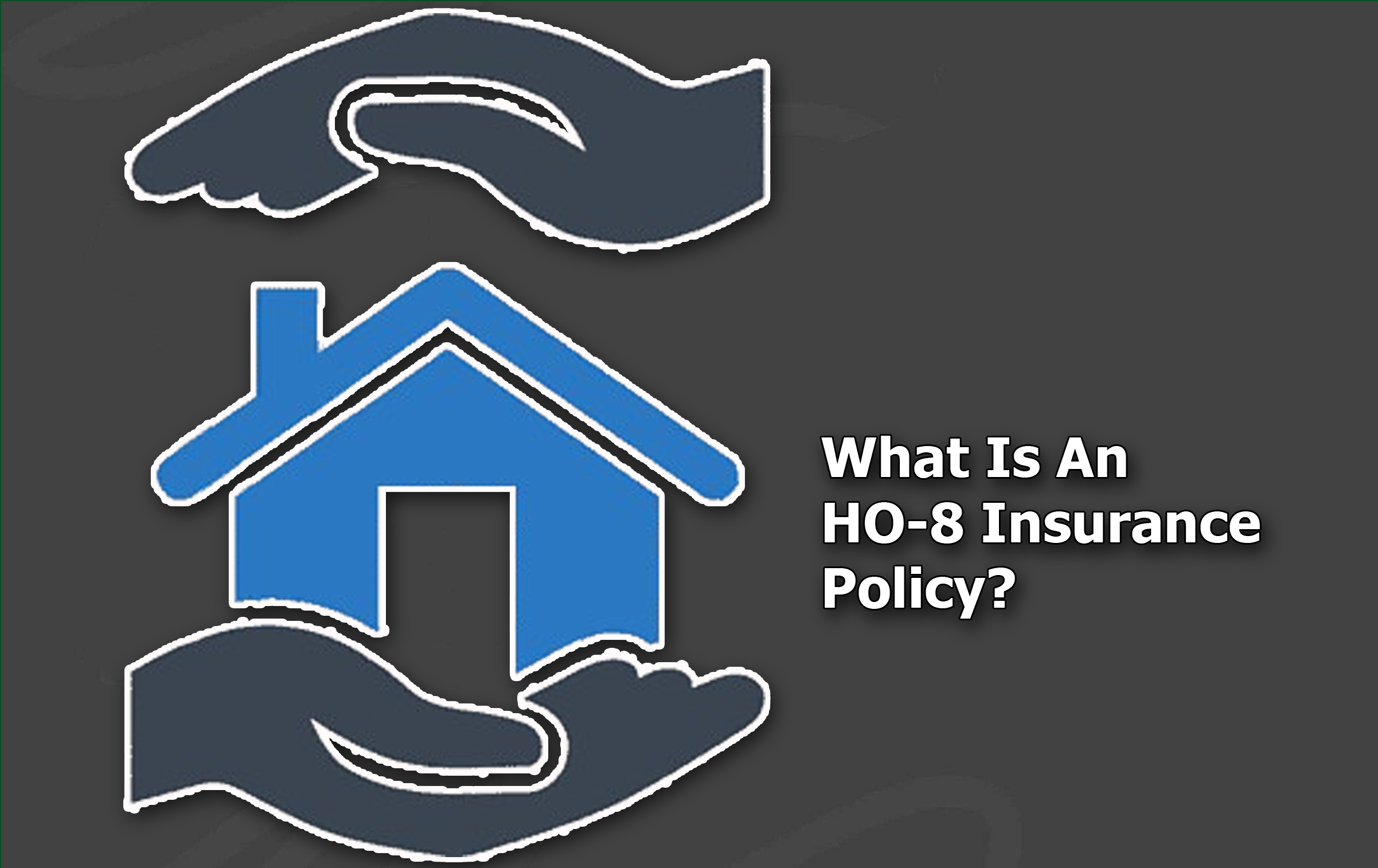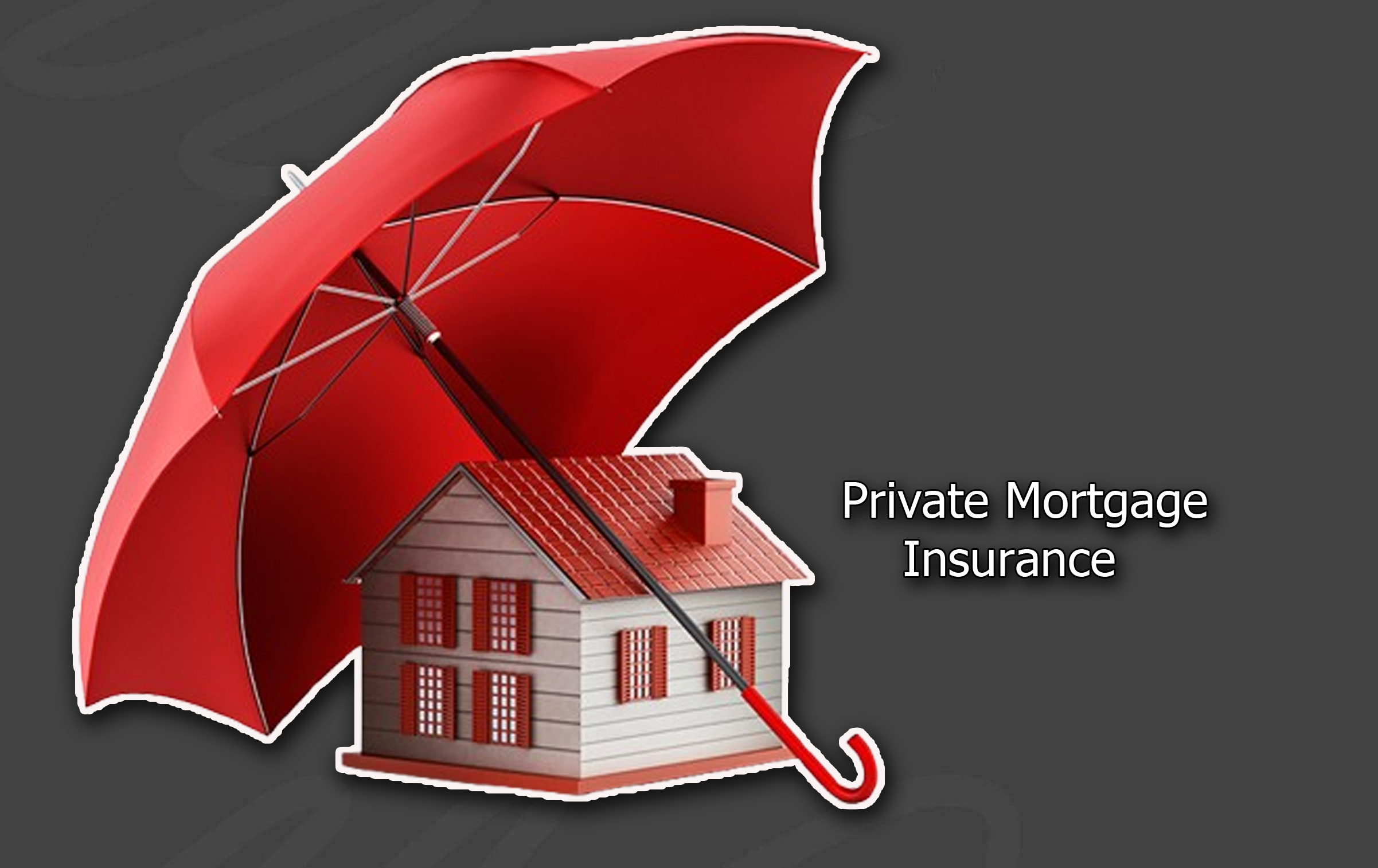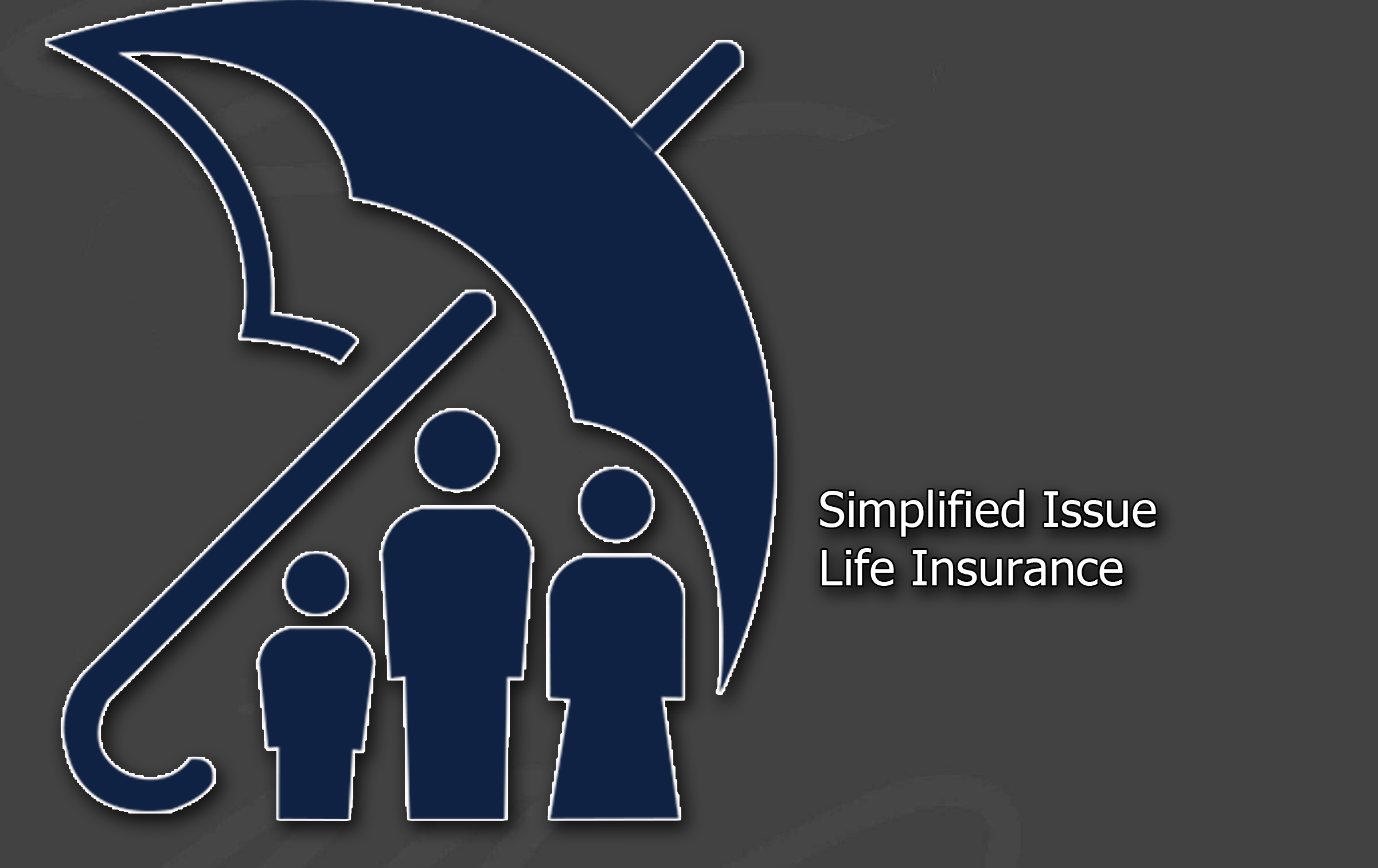What is full glass coverage? Have you ever wondered what happens if your car’s windshield gets cracked or shattered?

While standard auto insurance covers many damages, full glass coverage offers a specialized solution to repair or replace your vehicle’s glass without the hassle.
But what exactly does full glass coverage entail, and why might it be worth considering for your car insurance policy? Stick with us to find out!
What Is Full Glass Coverage?
Full glass coverage is an optional add-on to your car insurance policy that specifically covers damage to your vehicle’s glass, including the windshield, windows, and mirrors.
Unlike general auto insurance, which may only cover glass damage as part of a broader comprehensive or collision claim, full glass coverage focuses entirely on glass repairs or replacement.
One of the main advantages of having this coverage is that it can help you avoid paying high out-of-pocket costs for repairs.
Depending on your insurance provider and the terms of your policy, you may not have to pay a deductible, making it a convenient option for anyone who wants peace of mind in case of glass damage.
This can be especially useful for things like small chips, cracks, or even a completely shattered windshield.
However, it’s important to note that this coverage isn’t always included in standard car insurance policies. It’s often an additional rider or separate coverage that you can add to your existing plan.
So it’s essential to review the details of your policy before deciding if it’s the right option for you.
How Does It Work?
As earlier mentioned, full glass coverage is an additional insurance option that covers the repair or replacement of your car’s glass, such as the windshield, windows, sunroof, and mirrors.
When you add this coverage to your policy, it means your car insurance will take care of the costs associated with glass damage.
This can be especially helpful in cases of cracks, chips, or more severe damage that requires a full replacement.
When you file a claim under full glass coverage, the insurance company will usually cover the repair or replacement cost, depending on the damage, up to the value of the car.
This coverage often doesn’t require drivers to pay a deductible, making it more convenient and cost-effective for them.
However, some insurers may require you to have comprehensive or collision coverage first before you can add full glass coverage to your policy.
The key benefit of this add-on is that it simplifies repairs. Whether road debris cracks your windshield or something shatters your side window, full glass coverage ensures you won’t have to bear the full cost of fixing the damage.
When Doesn’t My Car Insurance Policy Cover Full Glass?
While this coverage sounds appealing, it’s not always included in every car insurance policy. If you have only liability coverage, your policy won’t cover any glass damage.
Liability coverage typically only pays for damage to others’ property or injuries in an accident where you’re at fault, not for damage to your own vehicle.
On the other hand, if you have comprehensive or collision coverage, it often covers glass damage.
However, with these policies, you’ll need to pay your deductible first before the insurer covers the rest of the cost.
This could mean paying a significant portion out of pocket depending on your deductible amount.
Additionally, some states have specific laws requiring insurers to offer zero-deductible glass repairs. For example, Arizona, Florida, Kentucky, and South Carolina are among the states that mandate insurers to offer this coverage. And they do without requiring you to pay a deductible.
However, not all states have this requirement. So, it’s important to check with your insurer to see what applies in your area.
Is It Worth It?
Full glass coverage can be a good investment, especially if you drive frequently or live in an area where road debris is common.
The cost of replacing a windshield can reach up to $1,500. And this coverage can save you from paying that amount out of pocket.
Even if your monthly premiums go up slightly, the peace of mind that comes with knowing you won’t have to pay for repairs yourself can be well worth it.
If you have a high deductible on your comprehensive coverage, this coverage may also save you money.
You can avoid having to pay a large deductible for repairs, making the process smoother and more affordable.
Where Can I Purchase Full Glass Coverage?
Not every insurance company offers this coverage as a separate option. For example, some insurers like GEICO may not provide this add-on, while others offer it as part of their comprehensive coverage package.
You can check with your current insurance provider to see if this type of coverage is available and, if so, how much it will cost.
Some major insurers that usually offer full glass coverage include Allstate, Progressive, and Nationwide. It’s a good idea to compare quotes from multiple insurers to ensure you’re getting the best deal for your needs.
In certain states, like Florida and Arizona, insurers are required to provide full glass coverage, but this can vary, so it’s always best to double-check with your insurance company.








